Walt Disney learned many valuable lessons in creating Disneyland in the mid-1950s, lessons that were carried over in the planning and construction of Walt Disney World more than a decade later.

Their quest to find the most ideal location for the so-called Disney World Project took them to a large swath of property in central Florida.
On that land – more than 27,000 acres – was an issue that Disney had never had to tackle before. Specifically, an abundance of water.
In Disneyland, the canals and waterways were manmade; in Florida, there seemed to be water, water everywhere, from large lakes and small ponds, as well as numerous rivers, streams, canals and marshes all over the property.
In building Disneyland, Disney’s creative staff had to figure out ways to make realistic-looking bodies of water on fertile soil that had supported orange groves for decades; in Florida, they had to learn how to manage water in a way that was both efficient and environmentally sound.
The tropical environment that was so important in creating a year-round resort – and the torrential rains that frequently are associated with it – needed to be addressed before theme parks and resorts could be built.
It was Disney Legend John Hench – a gifted artist by trade, but a man who possessed a broad range of knowledge on a variety of subjects – who insisted that when bulldozers were brought in to carve out drainage canals on the vast Disney property, they follow the contours of the land, allowing that whatever water dropped from the skies would be efficiently channeled away from populated areas.
Disney’s Florida property – roughly the size of the city of San Francisco – came with an assortment of lakes, large and small. Disney’s planners were tasked with incorporating many of those lakes into their design proposals … and, indeed, to make many of them part of The Show.
And transporting guests on those large bodies of water became an integral part of the The Vacation Kingdom of the World.

First, Bay Lake was drained and the bottom layer of muck removed. Underneath all the natural debris, engineers found thousands of tons of pure white sand, which would eventually be used to line the beaches around the park and the yet-to-be-built resorts nearby.
It then was decided to turn the marshland into a manmade lagoon: Seven million cubic yards of dirt was removed and transported to where the Magic Kingdom park would be erected. The dirt was used to raise the height of the Magic Kingdom nearly 15 feet and allowed Disney’s planners to build an underground series of tunnels, known as utilidors, which service the shops and attractions above.
The man-made lake, known as the Seven Seas Lagoon, is perhaps the most recognizable waterway on Walt Disney World property. Two world-class resorts – the Polynesian and the Grand Floridian – sit on the lagoon’s shores, each with its own unique views of the park. The Walt Disney World Monorail System rims the lagoon, stopping at each resort, as well as the Magic Kingdom and Transportation and Ticket Center.
As busy as Disneyland’s Rivers of America can be, Seven Seas Lagoon at Walt Disney World just might be busier, particularly at night, when a variety of watercraft float out to give guests a distinct view of the nightly fireworks display.
Connecting Seven Seas Lagoon with Bay Lake is a unique water bridge: As boats glide over it, cars, trucks and buses motor underneath.

At any given point of the day, Boston whalers, smaller two-person water sprites, pontoon fishing boats and larger launches traverse from Bay Lake [after stops at the Contemporary, Wilderness Lodge and Fort Wilderness], over the bridge, and out onto Seven Seas Lagoon, where they have to compete with the largest vessels in the Walt Disney World fleet: The Staten Island-style ferryboats.
When Walt Disney World opened in October of 1971, Osceola-class boats plied Seven Seas Lagoon, carrying up to 200 passengers between the T&TC and the Magic Kingdom. They were notoriously slow and broke down often. Because attendance was slow during the first few weeks of operation, the Osceolas’ inadequacies weren’t as noticeable as they would have been had the park been busy.
Then came Thanksgiving weekend and all hell broke loose.
“That first Thanksgiving weekend, we had to take drastic measures to get people around,” explained Disney Legend Tom Nabbe, who was the monorail supervisor during the park’s early years.
“The day after Thanksgiving, we were inundated with people coming to the Magic Kingdom. The number of guests far exceeded the theoretic maximum of guests in the park and far exceeded space in the parking lots.

The crush of humanity put a tremendous strain in Walt Disney World’s transportation infrastructure, particularly its under-equipped boat and monorails systems
“We had two Osceola steamboats and six launches,” Nabbe said. “The launches [which held about 32 guests] were dedicated to moving people from the two resorts on Seven Seas Lagoon and Bay Lake [the Polynesian and the Contemporary] while the Osceolas were dedicated to moving people from the Transportation and Ticket Center [T&TC] across to the Magic Kingdom.”
The T&TC was the convergence point for guests arriving at the park. At that time, the vast majority of people coming to the Magic Kingdom arrived by car; once they parked, they took a tram to the T&TC, where they could either board an Osceola boat or take a monorail to get to the Magic Kingdom’s entrance.
“When we opened Walt Disney World, we had four monorails,” Nabbe said. “Inevitably, one would break down and had to be taken back to the shop for repair.” Not only that, but “the monorails consisted of five cars per train [they use six cars now], so the capacity was about 120 guests.”

“The Osceolas were very slow and only held about 200 people. They weren’t on a rail, and when high winds or a thunderstorm blew in, it could be quite harrowing. We had 90-pound anchors to throw over the side during a thunderstorm. There was often no warning to indicate bad weather was coming.”
In addition to being slow and difficult to dock, the Osceolas were notorious for breaking down.
“The hard part was we had to come up with something to fix the boats when they ran out of water, when the steam got so low the engines couldn’t fire,” Kellogg said. “If you lost that, we’d pull aside a pontoon boat equipped with a generator to restart the boat.”
“The Osceolas took about 25 minutes per cycle across Seven Seas Lagoon, to load, travel, dock and then unload,” Nabbe added. The limited capacity, as well as the lack of speed, helped contribute to a massive backup in and around the T&TC during that fateful Thanksgiving weekend.
Dick Nunis, who was the highest-ranking Disney executive on property at the time, “Basically got on the horn and asked for every vehicle we could get to transport people from the T&TC: The four monorails, the two Osceolas. All the recreation people were pulled into service and we were using float boats and Boston whalers,” Nabbe said.
ALL HANDS ON DECK
“Whatever boats that were available from the two resorts and the campgrounds … were all commissioned that weekend.”
“There were CrissCraft pleasure boats for hire on the property,” Kellogg said. “We had started out training on some of them. They were called upon during that weekend.
“Even the trams they used in the parking lots that were supposedly engineered to last 100 years were used, but they failed,” Kellogg said. “They stalled out under the water bridge near the Contemporary. People had to get out and walk.
“That weekend spurred the immediate design of the ferry boats,” Kellogg added. “One ferry boat was worth four monorails in terms of capacity. Less than a month later, plans were put in motion for the ferries.”
Those would be the Staten Island-style ferry boats, as they are referred to even to this day by ferry pilots as they traverse the Seven Seas Lagoon. They were much larger and had engines and pilot houses on both ends, meaning docking was much quicker and easier.
FERRIES WERE ‘A GODSEND’
The ferries “were a godsend,” according to Kellogg. “They started with two, but soon added a third boat.” Each boat has a capacity of 600-650 guests and they reached the Magic Kingdom entrance faster than even the monorails.
When they first began service, the boats were named Magic Kingdom I, Magic Kingdom II and Kingdom Queen, but they were renamed several years later to honor three of men who made significant contributions to WDW’s development: Admiral Joe Fowler, Richard F. Irvine and General Joe Potter.
As for the Osceolas, once the ferries were put into service, their days were numbered.
They were seen on the Seven Seas Lagoon “only when needed,” according to Kellogg. “In the end, they were pretty much used only for private parties because they were so slow and took so long to dock.”
Once inside the Magic Kingdom, guests were treated to a variety of watery attractions, all of which took their cues from popular Disneyland attractions.
In the waters surrounding Tom Sawyer Island were the Mike Fink Keelboats, the Davy Crockett Explorer Canoes and the Admiral Joe Fowler Riverboat [now known as the Liberty Belle]. In nearby Fantasyland, it’s a small world and the 20,000 Leagues Under the Sea attractions drew large, enthusiastic crowds. And over in Adventureland, the Jungle Cruise took guests through a perilous adventure along some of the world’s most famous rivers.
In 1973, the Pirates of the Caribbean joined WDW’s water-based attractions fold.
All of these attractions were direct descendants of their Disneyland counterparts … with one notable exception.
“The submarines in Disneyland were so well-built, you could literally take them out to sea,” said former Disney Imagineering leader Marty Sklar. “The subs in Walt Disney World? They leaked! Who wants to go on an undersea adventure with the boats leaking?”
Walt Disney World’s submarine attraction, 20,000 Leagues Under the Sea, which were patterned after Captain Nemo’s Nautilus storyline, ran from 1971 until 1994. After its closure, the lagoon was filled in, covered over and served as a Winnie The Pooh-themed photo area.
When a new Fantasyland opened in 2012, the Seven Dwarfs Mine Train, Enchanted Tales with Belle, Ariel’s Grotto and Under the Sea: Journey of the Little Mermaid debuted.
Along the winding, grotto-themed queue area of the Little Mermaid attraction, remnants and trinkets from the 20,000 Leagues Under the Sea submarine attraction were placed as an homage to the Magic Kingdom original.
Splash Mountain opened in 1989 in Disneyland and in 1992 in the Magic Kingdom at WDW. The log-flume attraction spends almost as much time taking guests up inclines and then plummeting down waterfalls as it does floating horizontally. The WDW finale features a large riverboat-style boat on display as the Song of the South critters serenade us with their version of “Zip A Dee Do Dah.”

From May 1972 until August 1983, the elegant Plaza Swan Boats were a fixture on the waters around Cinderella Castle during peak seasons.
Guests boarded the Swan Boats from a dock located near the entrance of Tomorrowland, just across from the Plaza Restaurant. The boats, which featured an elegant swan figure perched on the front, glided slowly past the Crystal Palace, the Swiss Family Treehouse, under the Liberty Square Bridge, and past Cinderella Castle before returning to the dock.
The boats were powered by natural gas engines. They seated 26 guests on benches located on the outer walls of each craft. The boats [there were 12 total] were named for some of Disney’s animated heroines, including Tiger Lily, Tinker Bell, Katrina, Flora, Fauna and Merryweather.
Another short-lived waterborne attraction was located on a small lake near the queue area of the Jungle Cruise. Shrunken Ned’s Junior Jungle Boats ran from 1997 to 2012. For a fee, young skippers were able to pilot miniature boats by using radio-controlled remote controls through a series of obstacles.
There’s one Walt Disney World aquatic staple that has been delighting guests almost since opening day.

The plan was to give guests leaving the Magic Kingdom a “kiss goodnight” in the form of a light and music show that would take place along the shores of the Polynesian and Contemporary resorts on Seven Seas Lagoon and Bay Lake. It would give guests leaving the Magic Kingdom one last taste of “Disney magic.”
Disney’s Imagineers came up with a concept for what they originally called the Electrical Pageant. It would feature thousands of twinkling lights affixed to aluminum wire mesh forms in the shapes of dolphins, dragons, turtles and whales, as well as red, white and blue displays to honor America.
Those wire forms would be bolted to a string of 30-foot long pontoon boats. On board the pontoons would be generators and gigantic speakers that would pump out Disney-themed music and patriotic tunes. The show would be seen from the boat docks at the Magic Kingdom, as well as from the beachfronts of the Contemporary and Polynesian resorts.
The next hurdle was figuring out a way to propel this illuminated conga line through the water. “We used two 200-horsepower Mercury outboard motors for power,” Ted Kellogg, WDW’s watercraft supervisor, said. “We had one on the first raft and the other on the last raft, for pushing and pulling.” On board would be one driver in the front and another in back.
Learning how to keep the boats in line was a huge challenge. “Even though the wind would blow through the wire, it would still knock the boats off course,” Kellogg said. To keep the boats in a relatively straight line, 16-foot Boston whalers with push bars were used.
Maneuvering over the narrow water bridge that links Bay Lake and Seven Seas Lagoon “was a nightmare,” according to Ted. “We ran aground on more than one occasion and had to get pulled out.”
Once all the kinks were ironed out, the show debuted on Oct. 21, 1971, and was a big hit, pleasing both guests and WDW management.
ONE-TIME FIREWORKS DISPLAY
“Then someone came up with the bright idea that we ought to be able to shoot off fireworks from the pontoons,” Kellogg remembers.
The idea was to place mortars on the middle pontoons, a safe distance from the two drivers. Huge blocks of lightweight foam were affixed to prop up the mortars.
Ted returned from vacation the day after the fireworks were detonated from the pontoons. Everyone who had witnessed it said the display went off without a hitch. But when Kellogg went to inspect the boats in the canal where they are stored between the Magic Kingdom and where the Grand Floridian is today, he was aghast.
“It was a mess. The barges looked like they had been to war,” he said. “The sparks from the fireworks had burned holes in the foam. It’s a wonder they hadn’t caught fire.”
Thus ended the great Electrical Water Pageant fireworks experiment … although the success of the Electrical Water Pageant spurred Disneyland to develop a nighttime show of its own – the world-famous Main Street Electrical Parade.
FOURTH IN A SIX-PART SERIES. Next: From FriendShips to floating cars: Watercraft used throughout the rest of Walt Disney World.
Chuck Schmidt is an award-winning journalist who has covered all things Disney since 1984 in both print and on-line. He has authored or co-authored seven books on Disney, including his Disney’s Animal Kingdom: An Unofficial History, for Theme Park Press. He also has written a regular blog for AllEars.Net, called Still Goofy About Disney, since 2015.


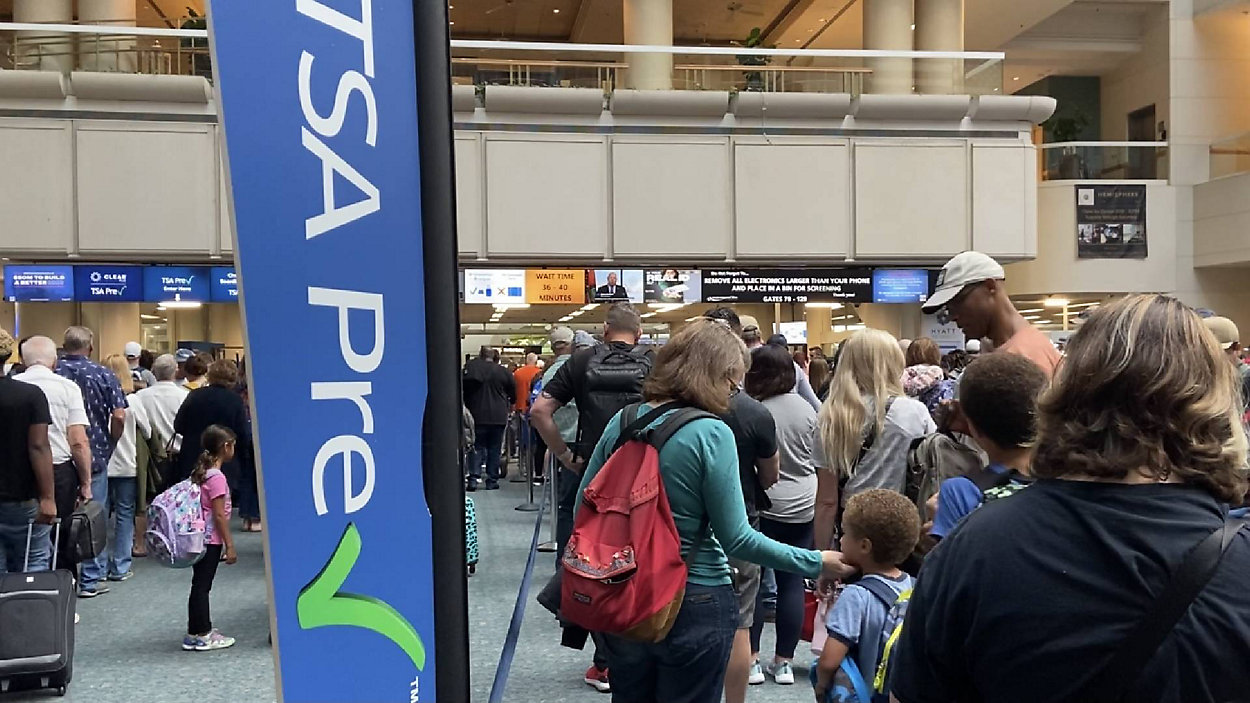
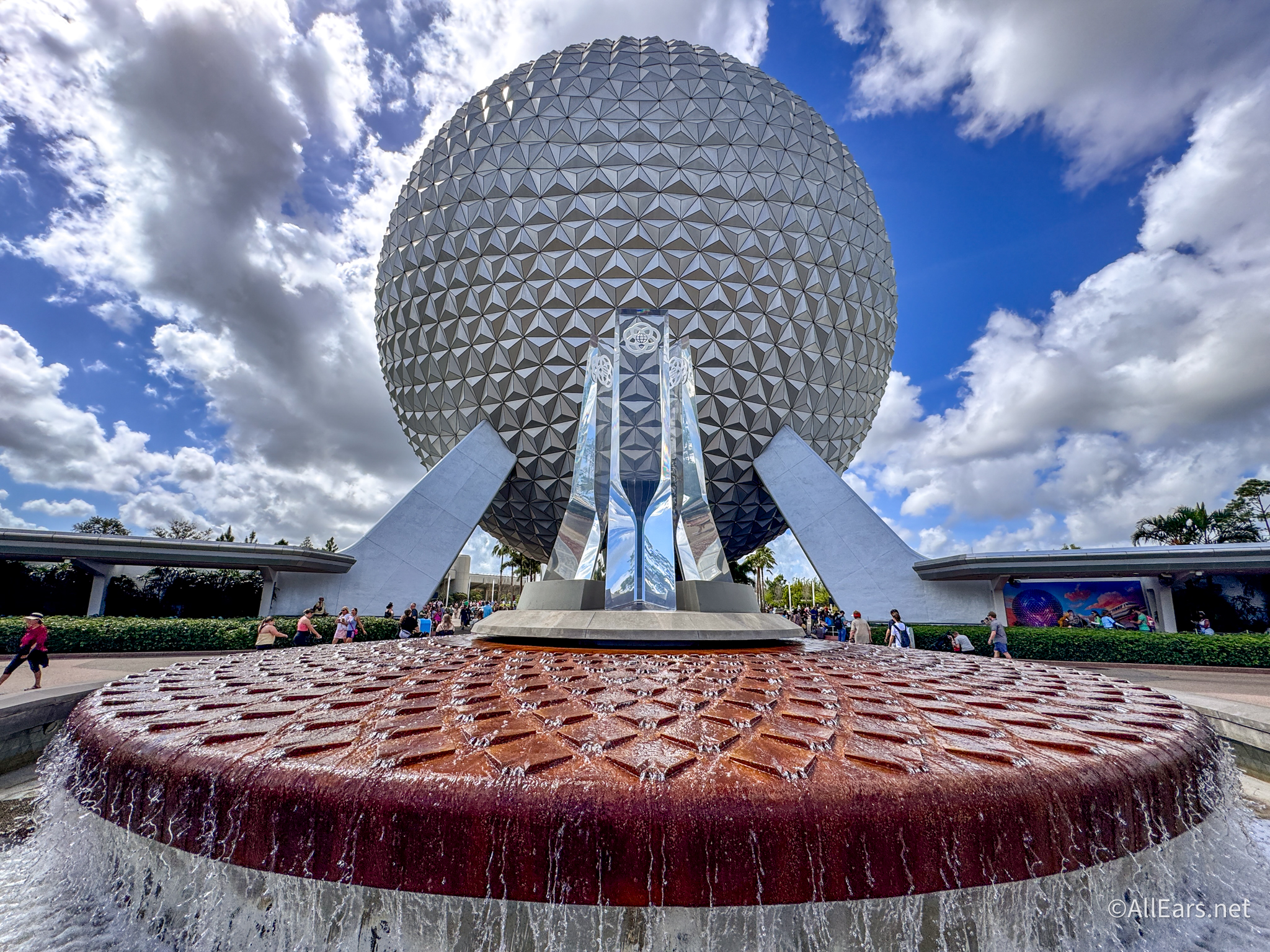
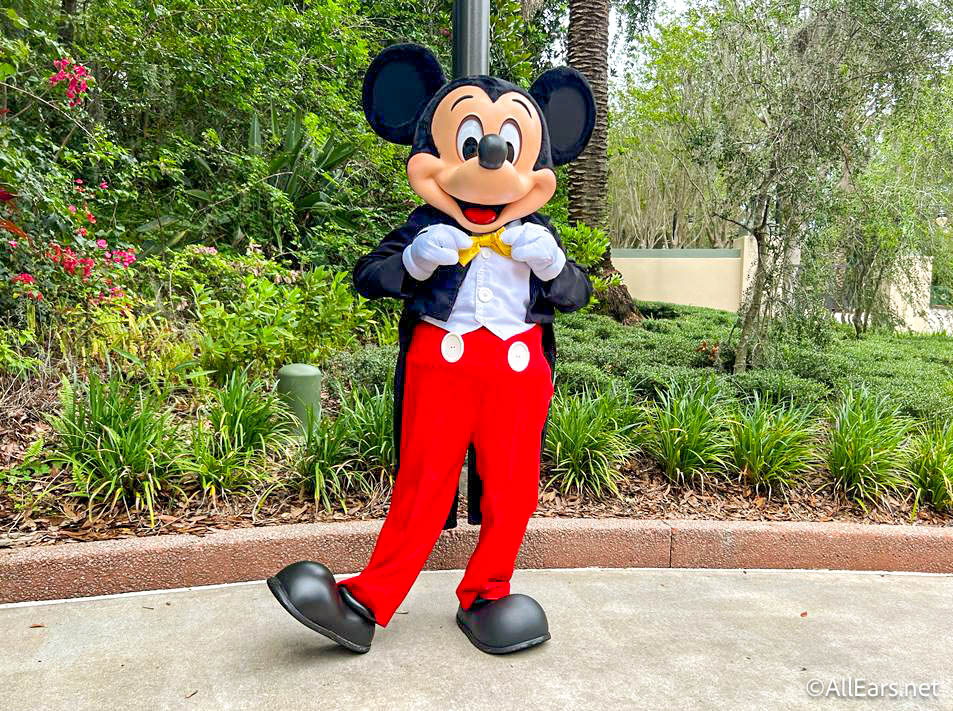
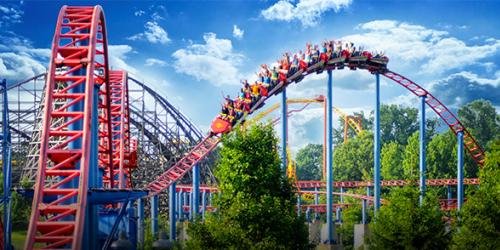
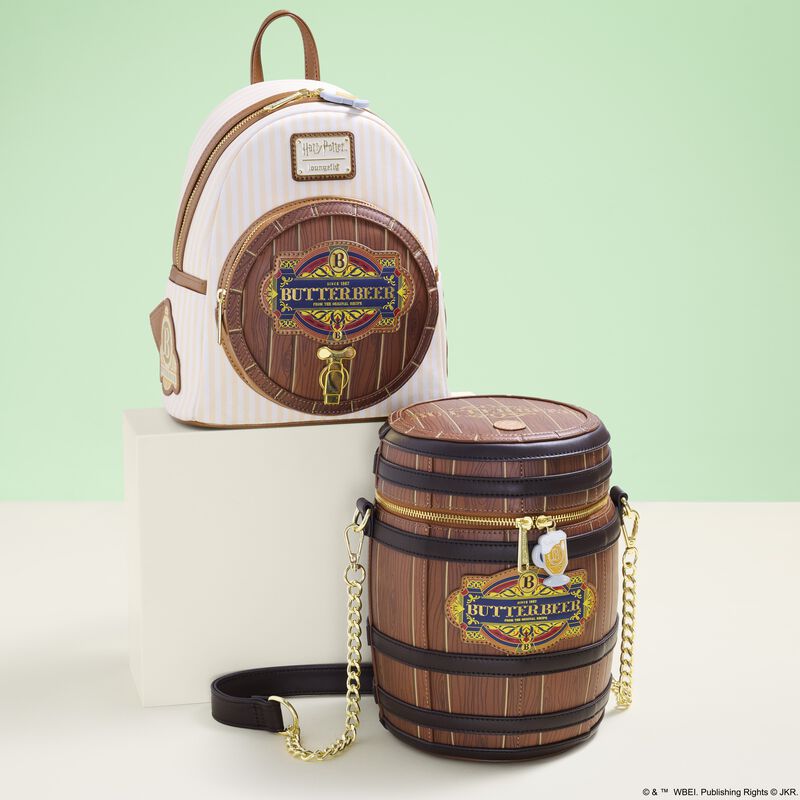

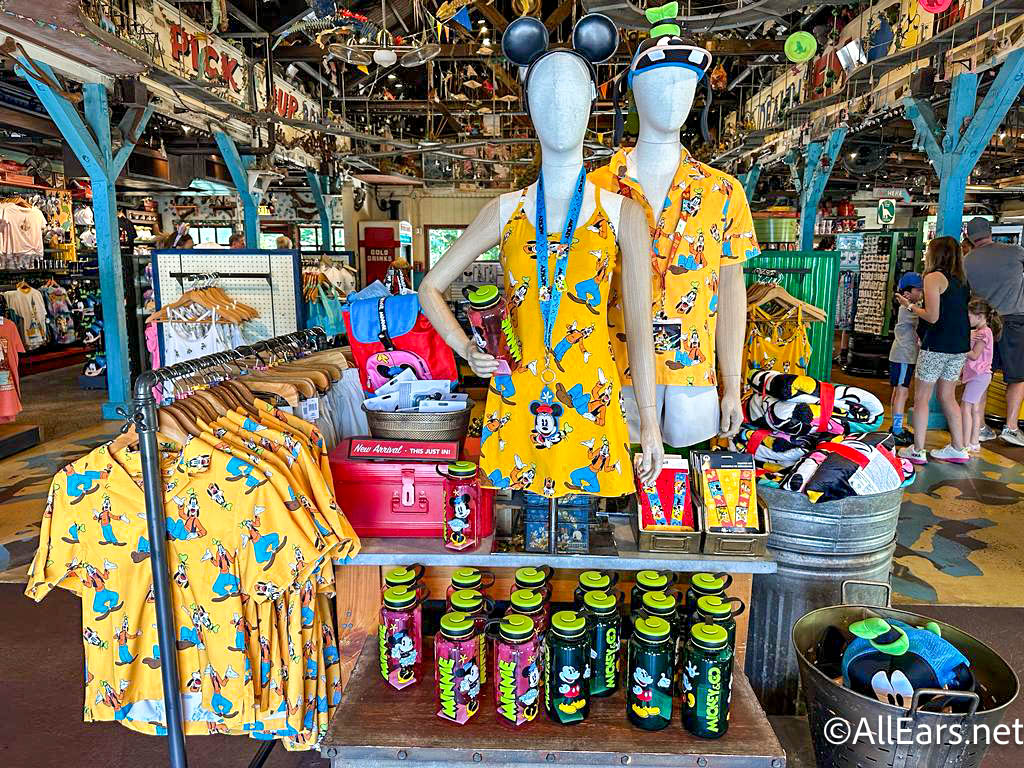
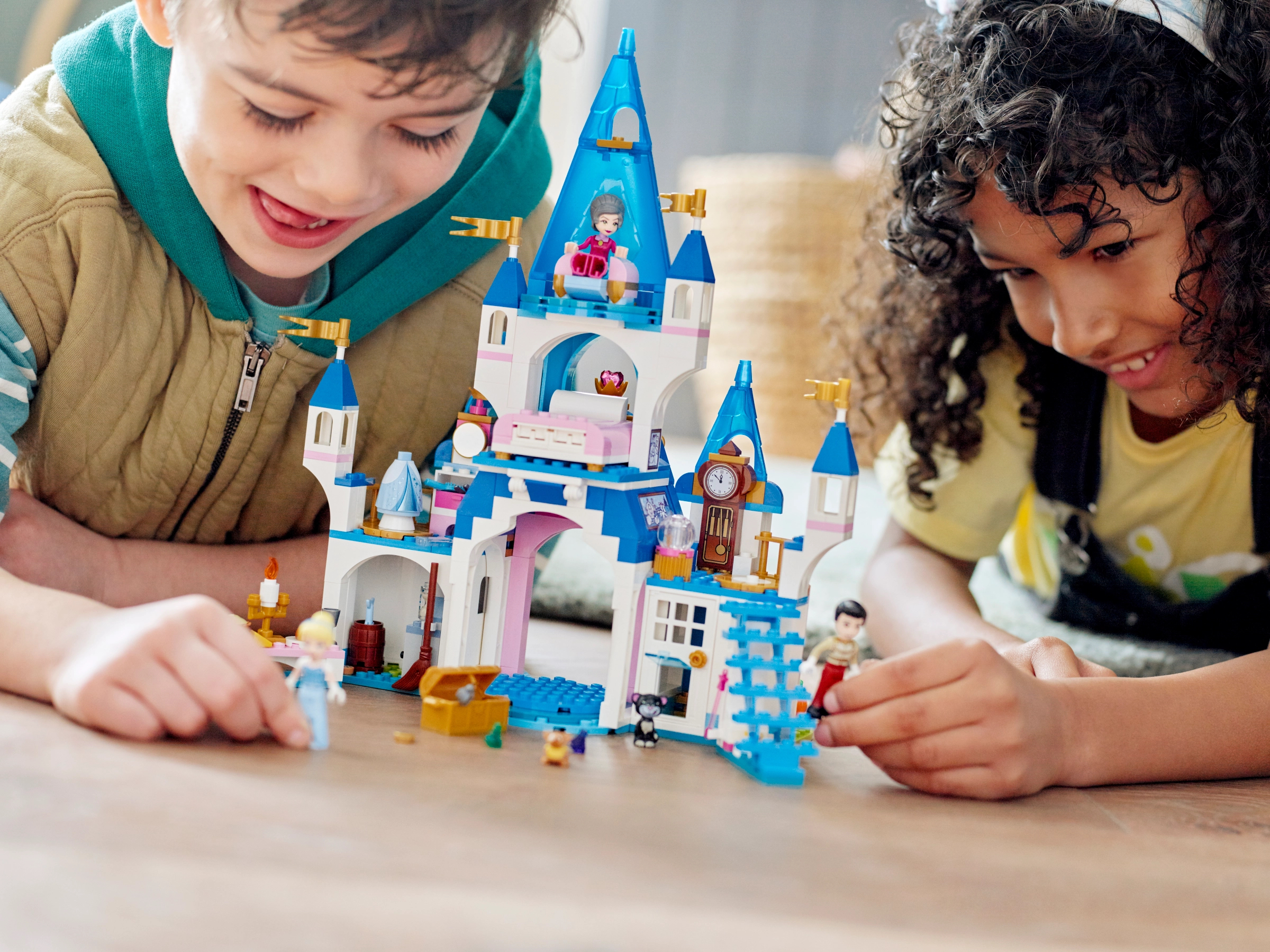
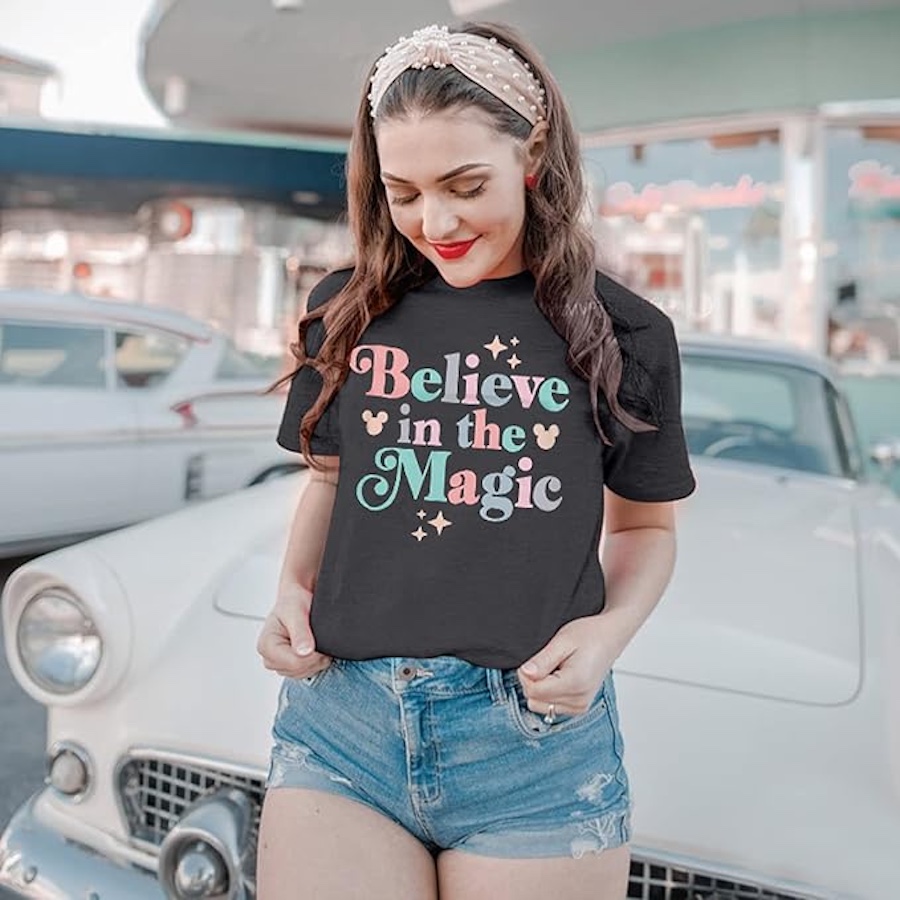
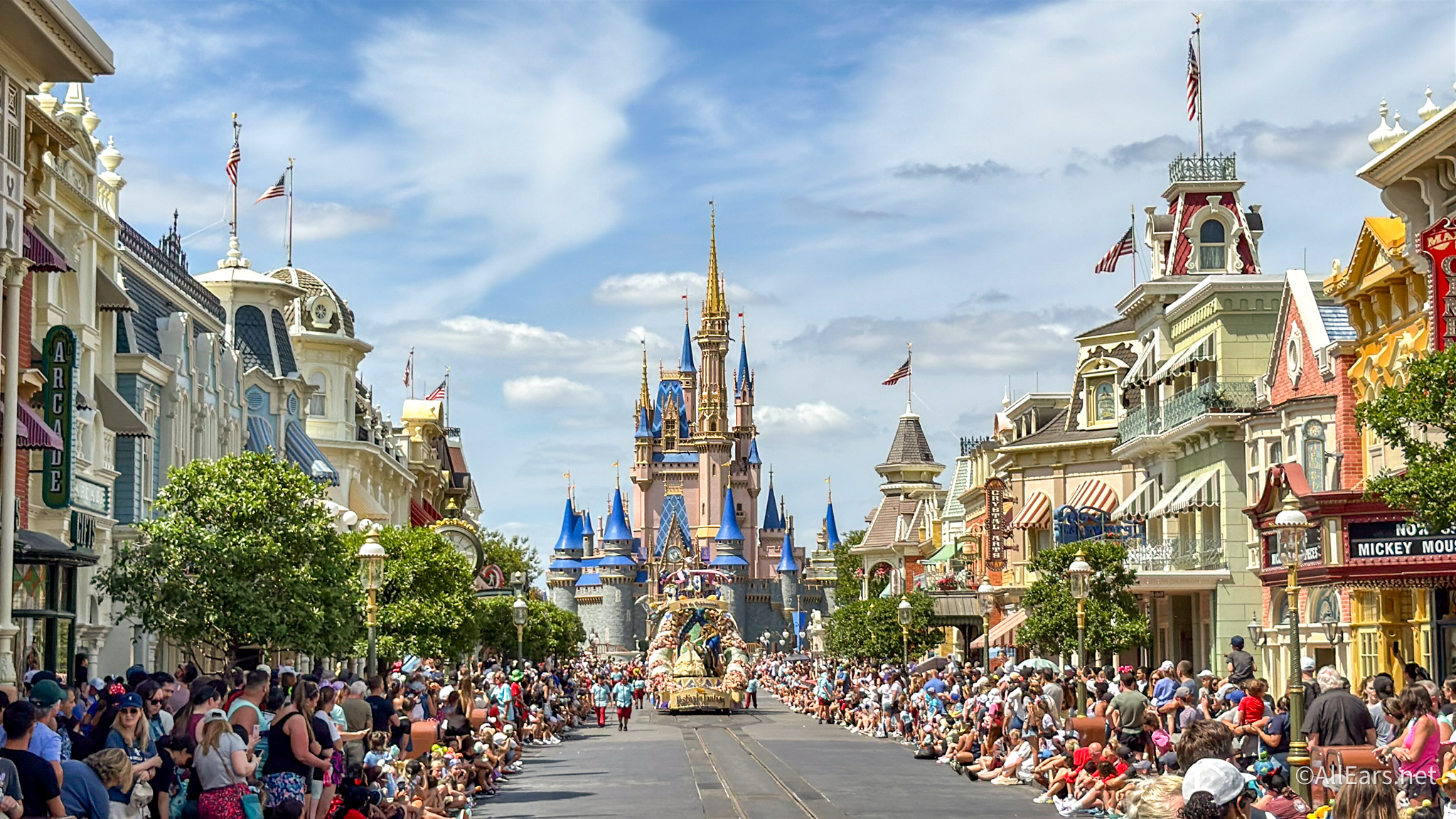
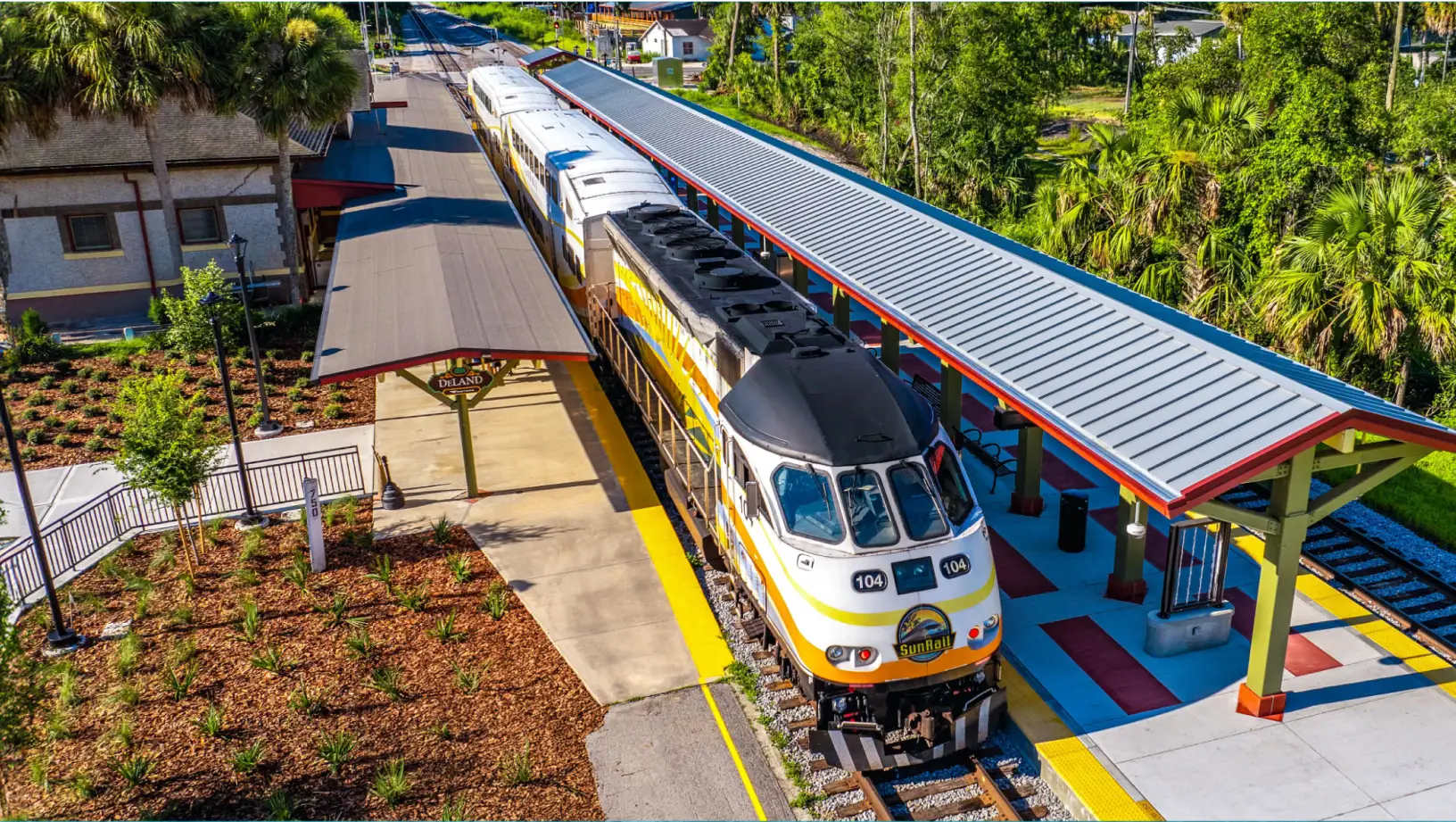
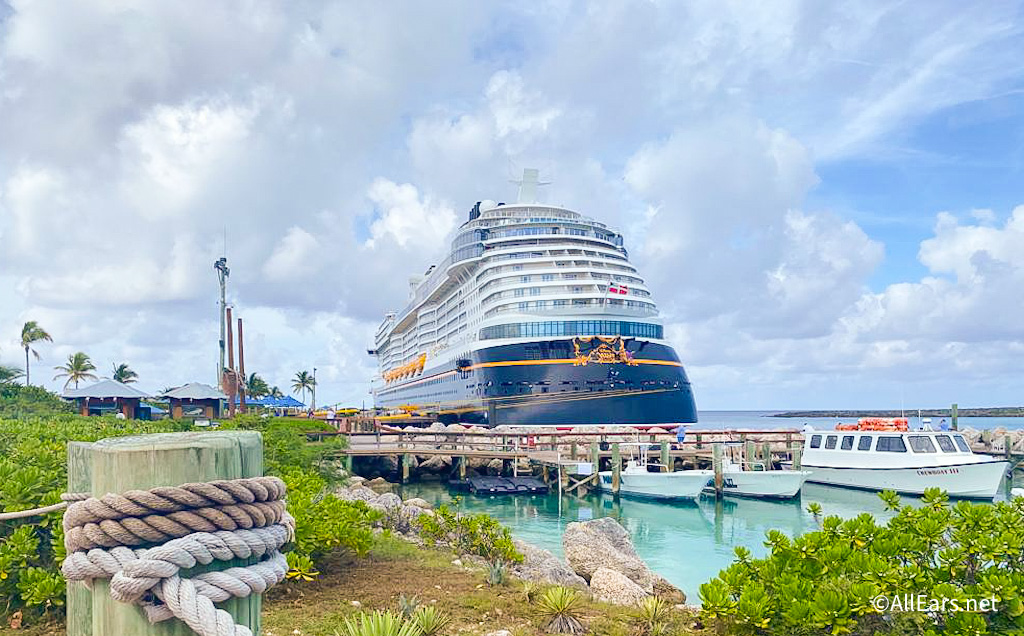
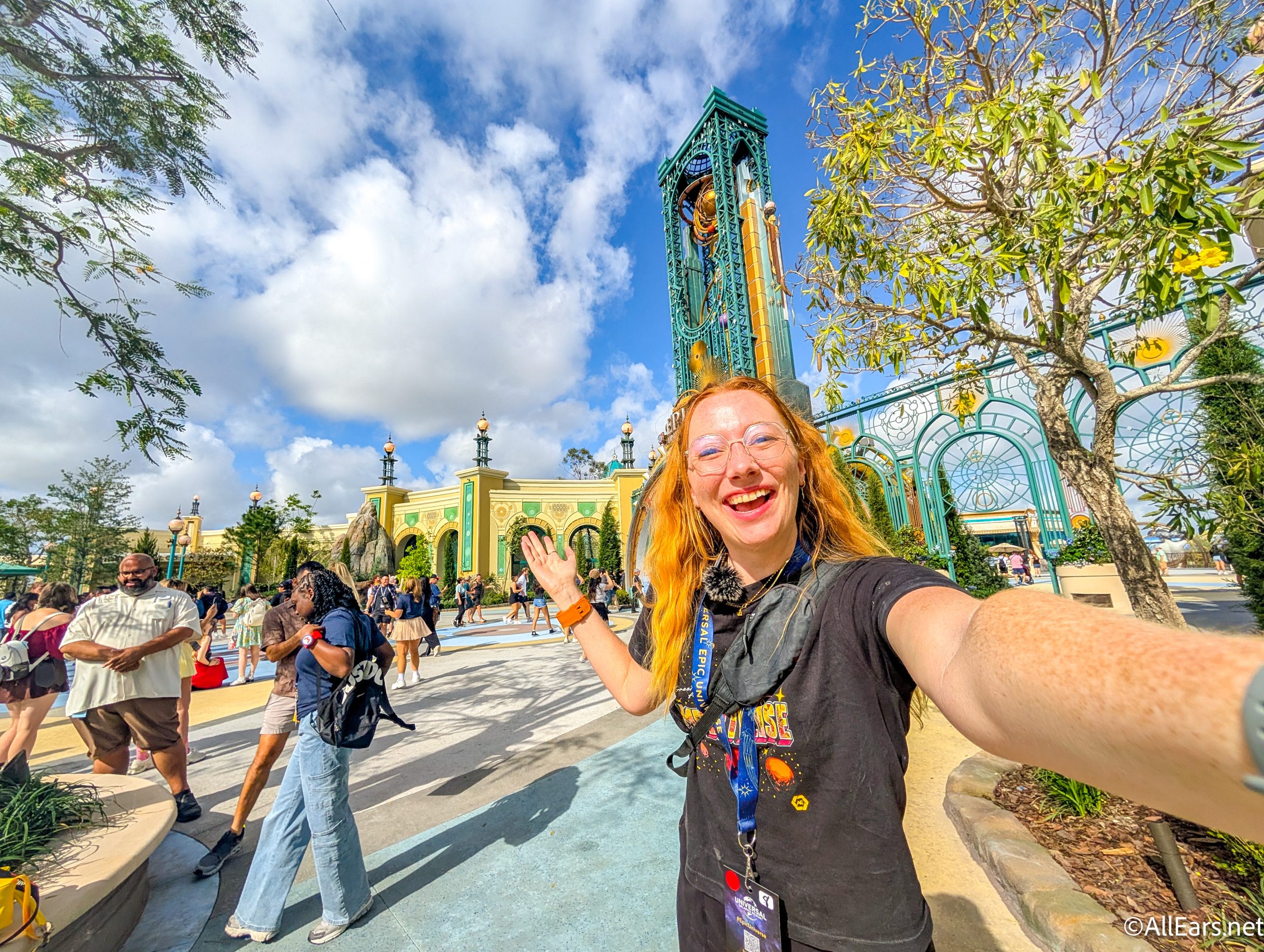

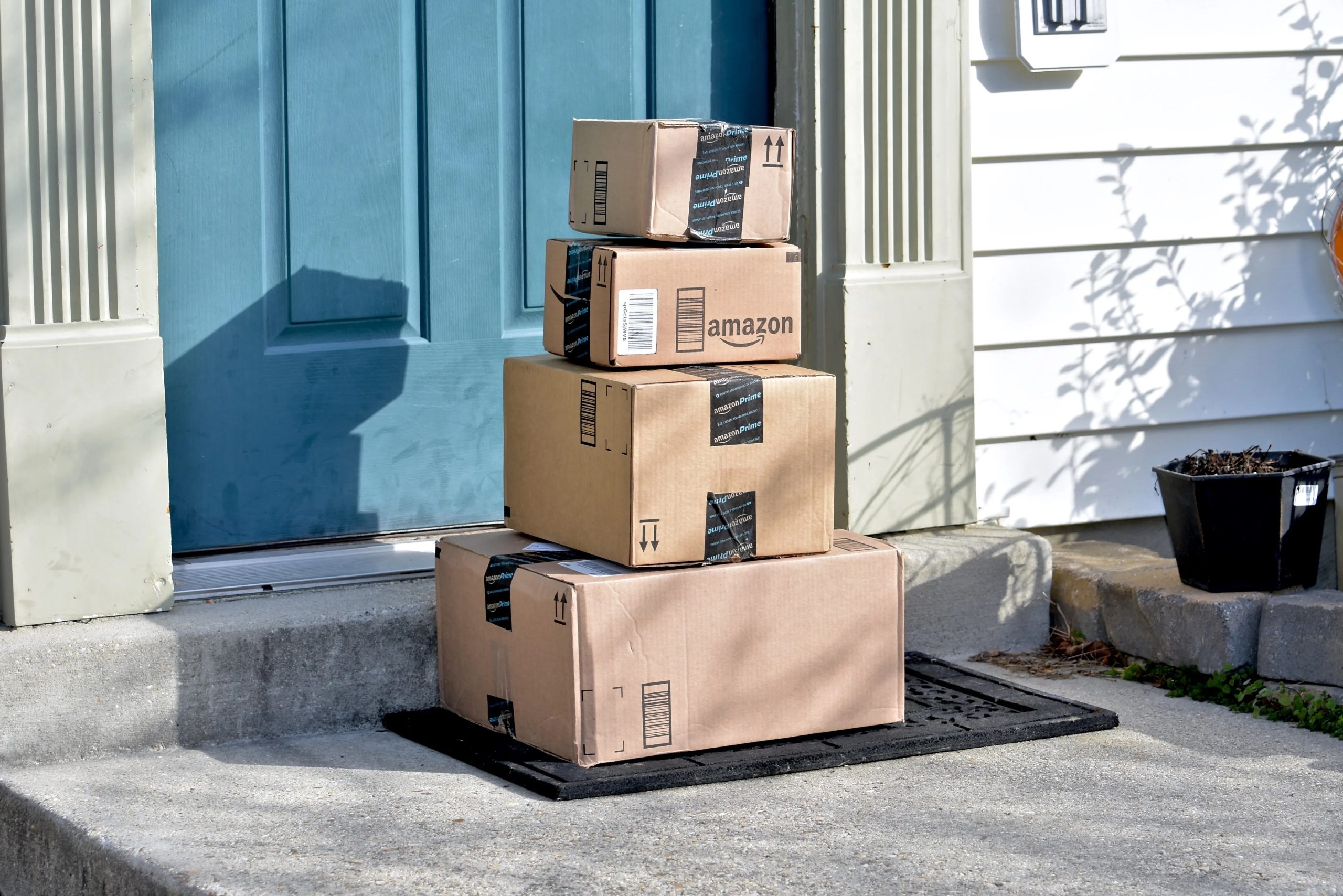
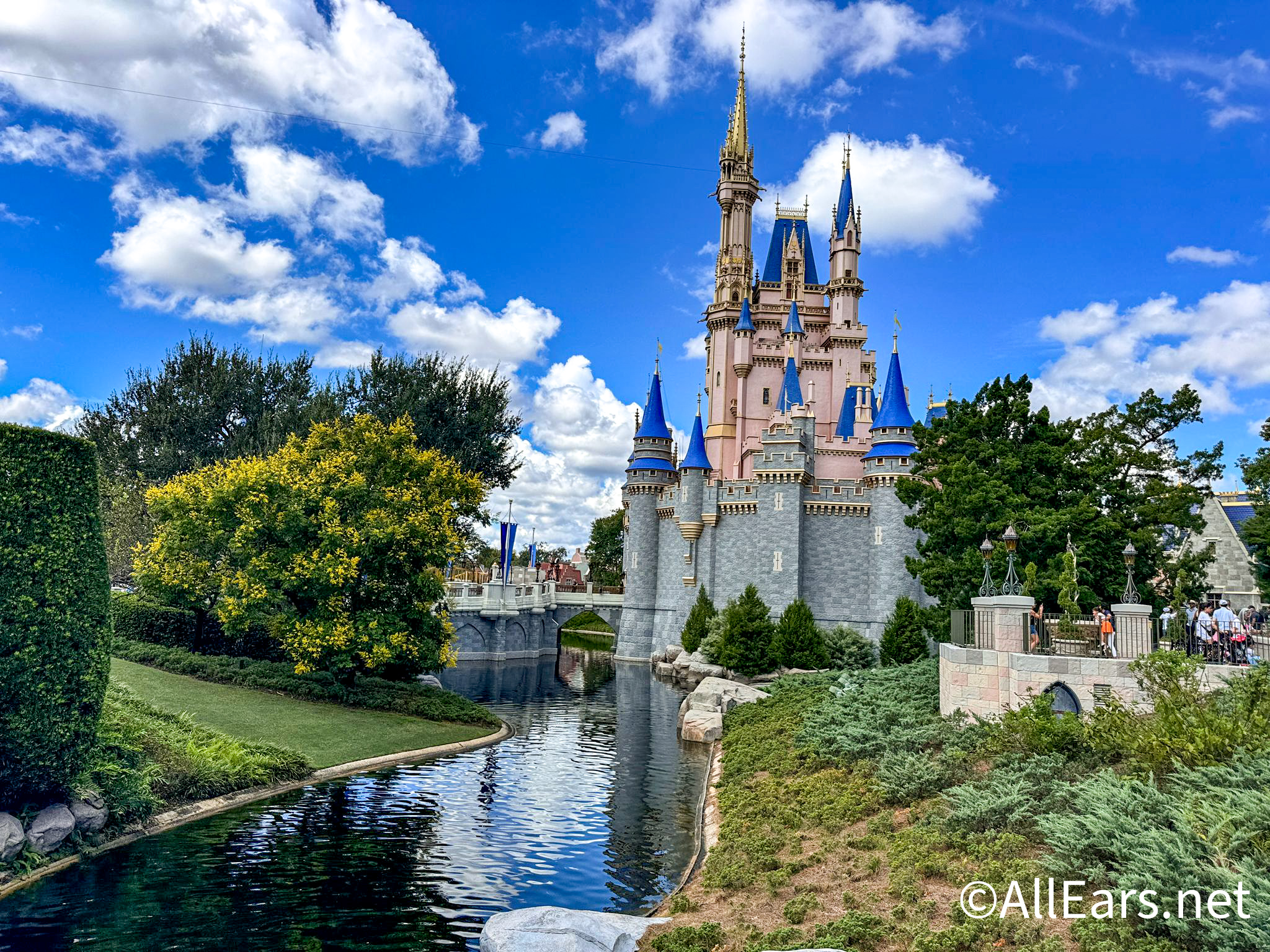
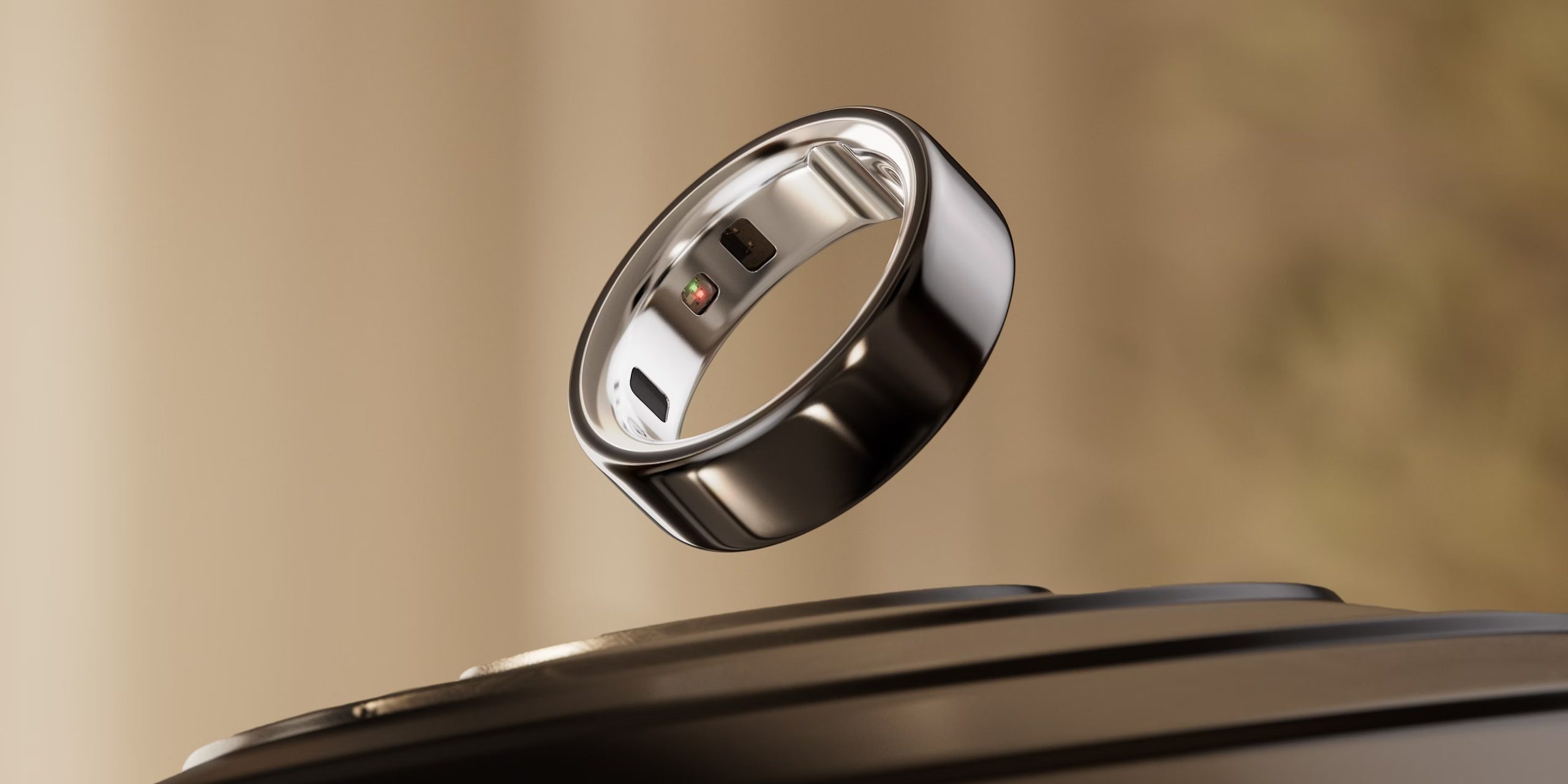
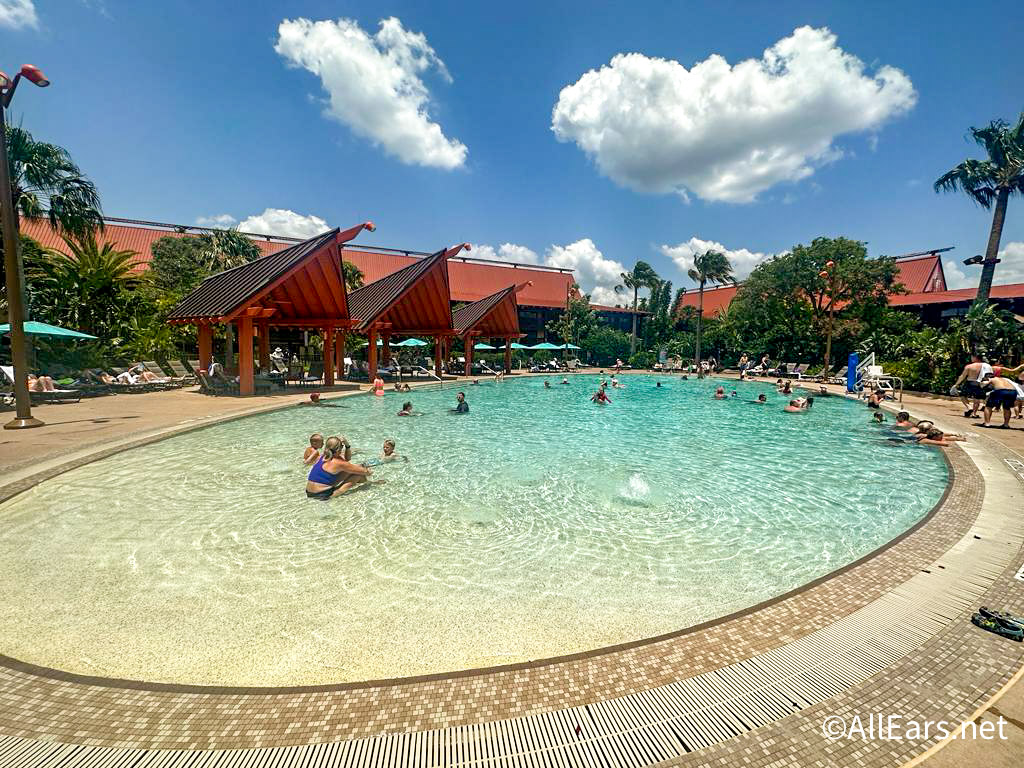

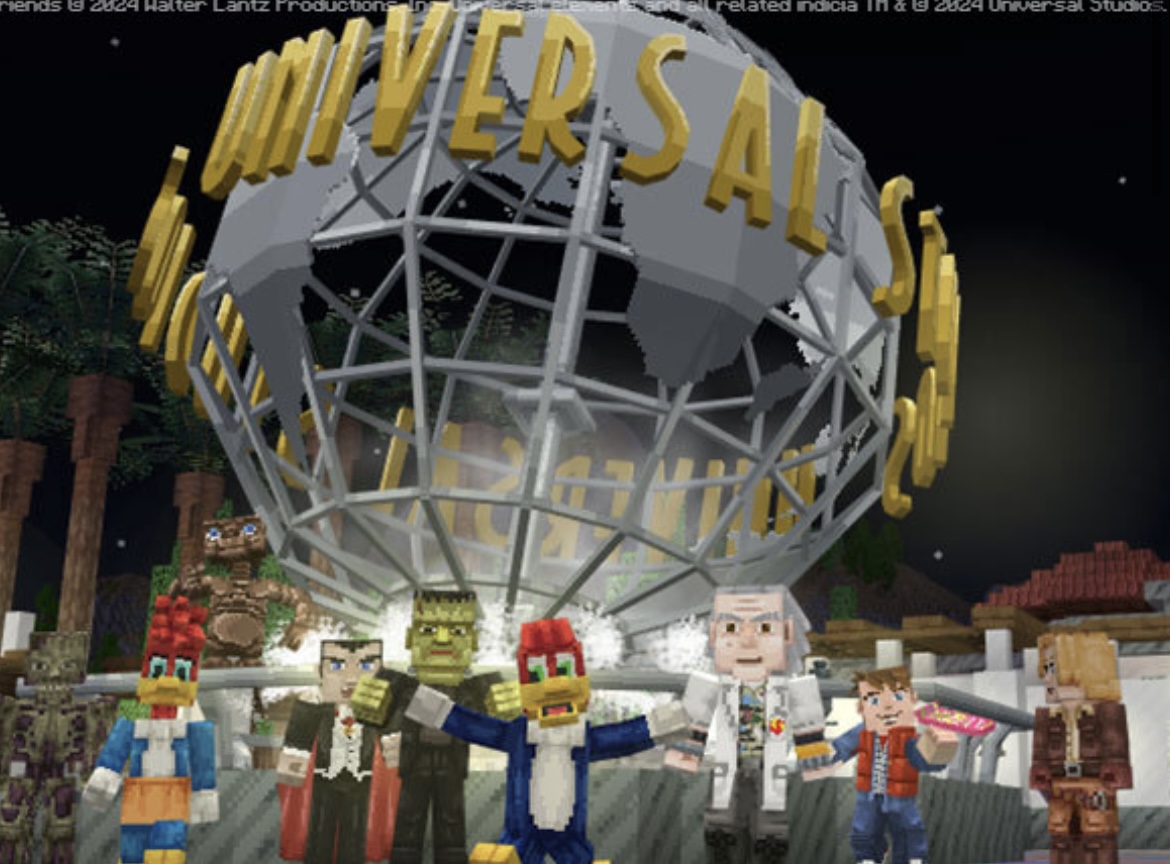
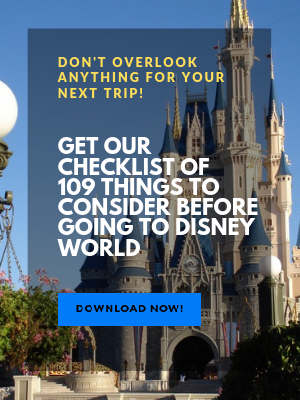
Trending Now
TSA just banned an essential travel item from checked luggage!
Believe it or not, it is possible to make a day at EPCOT even better!
Don't forget about this change coming up for Disney World hotel guests!
Six Flags has just announced that they're CLOSING on of their theme parks entirely this...
If you adore Butterbeer from Harry Potter as much as we do, these TWO new...
These Disneyland attractions will be closed for part of or all of May.
Each week, we search high and low for the best Disney deals on Amazon. Wanna...
We're sharing the hottest deals on LEGO sets on Amazon!
Need a new Disney tee? Get to Amazon NOW!
Only true Disney adults are packing these items for their Disney World trips!
By unanimous vote, the proposed Sunshine Corridor study is now fully funded.
The best upgrades available for Disney Cruise Line Passengers.
Epic Universe is amazing…but it does have a couple of flaws.
Here are a couple of things you'll want to get yourself because every Disney Adult...
We spotted three brand-new Disney Loungefly bags online, and one of them is already selling...
Every Disney adult is going to Amazon to buy their Disney park day shoes!
Let's talk about why every Disney Adult is buying an Oura Ring from Target right...
Many Disney guests don't realize they're breaking these rules.
These might be weird buys, but we aren't kidding when we say you'll need them...
A Universal x Minecraft experience is HERE!